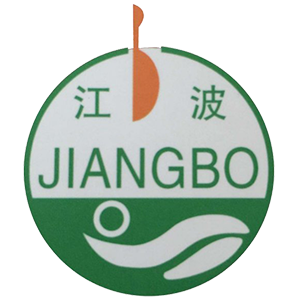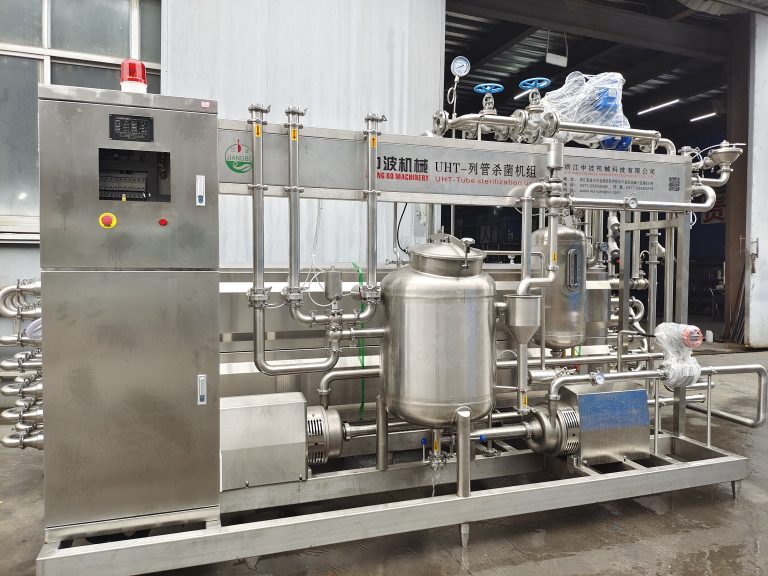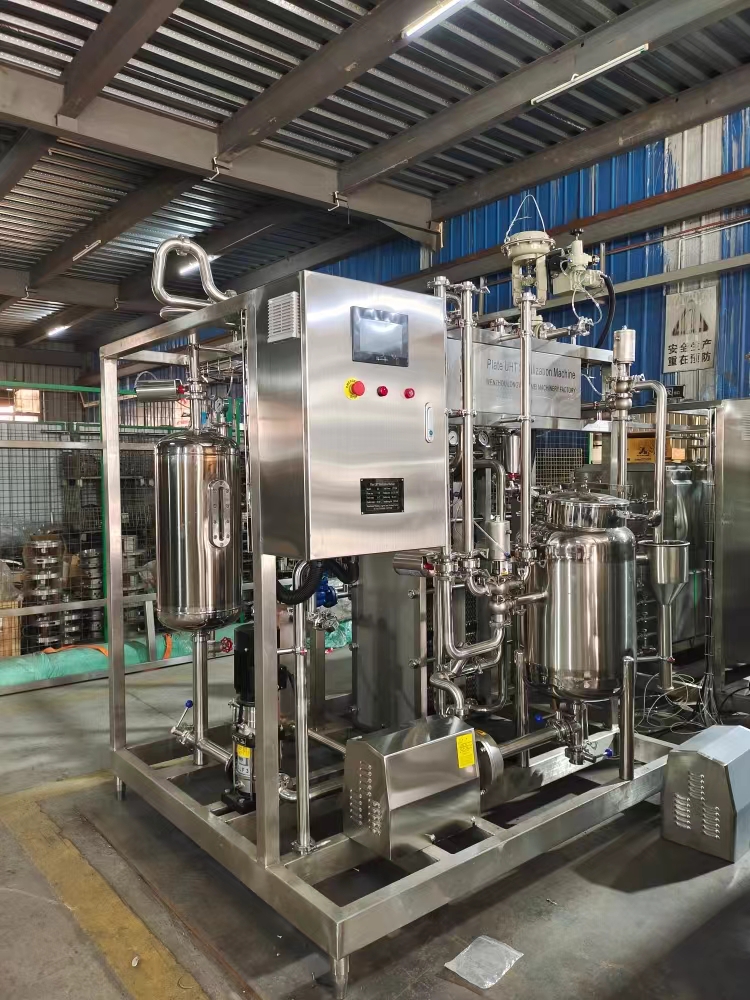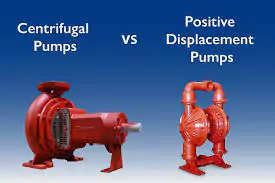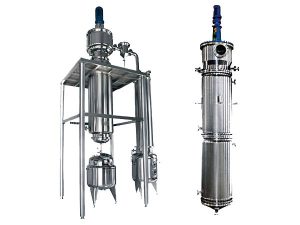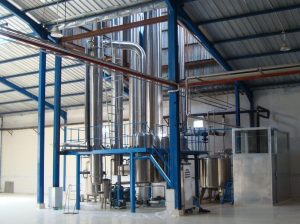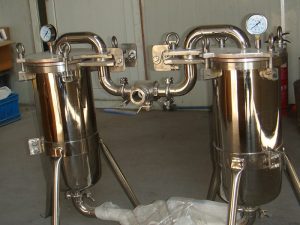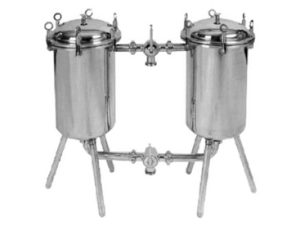Evaporators are crucial in various industries for concentrating liquids, but choosing the right one depends on the material being processed and the desired efficiency.
Two popular types of evaporators are falling film evaporators and forced circulation evaporators. Understanding their differences will help you make an informed decision for your application.
In this article, we’ll explore 5 key differences between falling film and forced circulation evaporators, focusing on their working principle, flow method, heat transfer efficiency, applications, and energy consumption.
What is a Falling Film Evaporator?
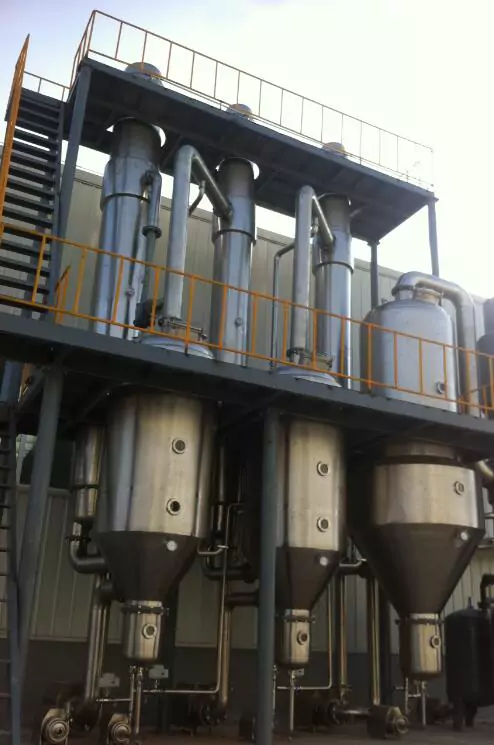
A falling film evaporator is a heat exchanger used to concentrate liquids efficiently. The liquid flows from the top of vertical tubes, forming a thin film that moves downward under gravity. Heat is supplied from the shell of the evaporator, causing the liquid to evaporate and separating the vapor from the concentrated liquid. This evaporator is often used for high-volume evaporation processes in industries like food processing, dairy, and chemicals.
What is a Forced Circulation Evaporator?
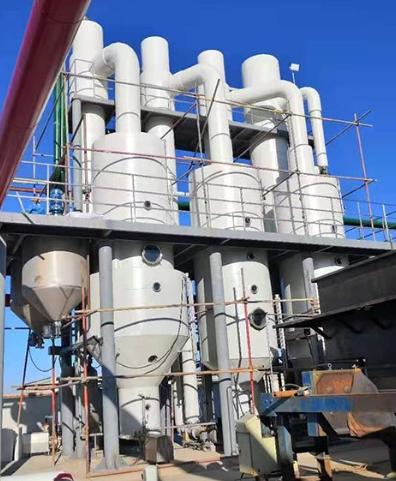
A forced circulation evaporator utilizes a pump to circulate the liquid through the system, where it passes over heated surfaces to facilitate evaporation. Unlike the falling film evaporator, the liquid is actively pumped and forced through the system, allowing for better control over the process. This evaporator type is ideal for handling liquids with higher viscosity and is commonly used in industries such as chemical manufacturing, pharmaceuticals, and petrochemicals.
Falling Film vs Forced Circulation Evaporator: 5 Key Differences
Here’s a simple table summarizing the key differences between the Falling Film and Forced Circulation Evaporators:
| Feature | Falling Film Evaporator | Forced Circulation Evaporator |
|---|---|---|
| Working Principle | Liquid flows downward under gravity; heat is supplied externally. | Liquid is pumped through the system, ensuring continuous flow. |
| Flow Pattern/Flow Method | Gravity-driven downward flow along vertical tubes. | Pump-driven circulation ensures uniform flow across tubes. |
| Heat Transfer Efficiency | Moderate; efficiency can vary with film stability and liquid distribution. | Higher efficiency, especially for more viscous materials. |
| Application Scenarios | Best for low- to medium-viscosity liquids in industries like food and pharmaceuticals. | Suitable for high-viscosity liquids such as oils and slurries. |
| Energy Consumption | Energy-efficient, especially in multi-effect systems. | May consume more energy due to additional pumping requirements. |
Working Principle
- Falling Film Evaporator: In a falling film evaporator, the liquid flows downward under the influence of gravity. The heat is supplied externally, causing the liquid to evaporate while it forms a thin film along the inner walls of vertical tubes.
- Forced Circulation Evaporator: In a forced circulation evaporator, the liquid is actively circulated by a pump, passing over the heated surface to promote evaporation. The forced flow ensures continuous contact between the liquid and the heat exchanger, improving heat transfer efficiency.
Flow Pattern/Flow Method
- Falling Film Evaporator: The liquid in a falling film evaporator flows downward along the vertical tubes due to gravity, creating a thin film that evaporates as it moves down.
- Forced Circulation Evaporator: In a forced circulation evaporator, the liquid is continuously pumped through the system, ensuring a uniform flow pattern across the evaporator tubes, which is ideal for more viscous materials.
Heat Transfer Efficiency
- Falling Film Evaporator: Heat transfer efficiency in falling film evaporators is moderate, as the thin film promotes evaporation. However, the efficiency can be influenced by factors such as the stability of the film and liquid distribution.
- Forced Circulation Evaporator: Forced circulation evaporators typically offer higher heat transfer efficiency, particularly for liquids with higher viscosity. The forced flow allows for more consistent heat transfer, which helps improve evaporation rates.
Applications
- Falling Film Evaporator: Falling film evaporators are commonly used in industries like food processing, dairy, chemical manufacturing, and pharmaceuticals, particularly for concentrating liquids with low to medium viscosity.
- Forced Circulation Evaporator: These evaporators are more suitable for handling liquids with higher viscosity, such as slurries, oils, and resins. They are widely used in chemical industries, oil refining, and pharmaceuticals, where consistent heat transfer is crucial for processing thicker materials.
Energy Consumption
- Falling Film Evaporator: Falling film evaporators are relatively energy-efficient, especially when used in multi-effect systems. However, external factors like temperature and liquid distribution can influence overall energy consumption.
- Forced Circulation Evaporator: Forced circulation evaporators may consume more energy due to the additional power required to circulate the liquid through the system. However, their ability to handle more viscous materials with high efficiency can offset some of the energy cost in specific applications.
Conclusion
In summary, both falling film and forced circulation evaporators offer unique benefits for different types of liquid evaporation processes.
Falling film evaporators are ideal for low- to medium-viscosity liquids and large-scale concentration, while forced circulation evaporators excel at handling higher-viscosity liquids and offering more consistent heat transfer.
The choice between these two types depends on the specific material properties, desired evaporation rate, and energy efficiency requirements of your application. Understanding these differences will help ensure you select the most suitable evaporator for your needs.
